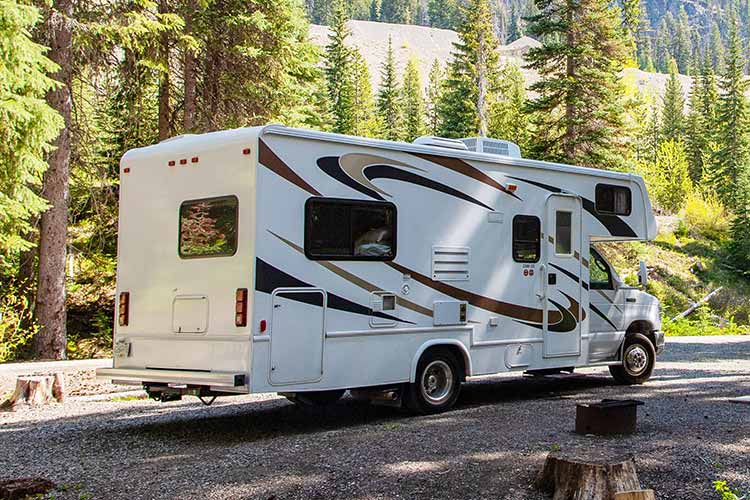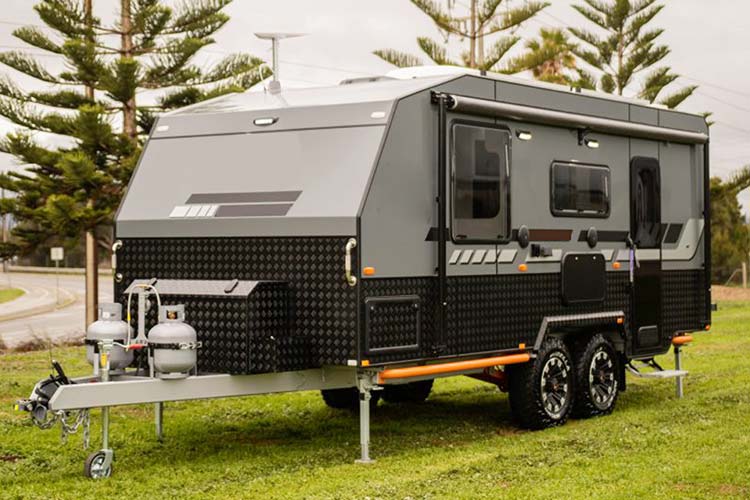
Laminated PVC sandwich panels are a new type of composite material bonded by adhesive, which is composed of PVC foam and skin material. In this structure, PVC foam is sandwiched between two layers of skin material to form a high-strength, lightweight sandwich structure. Compared with soft PVC foam, rigid PVC foam is a non-absorbent closed-cell foam with higher density, rigidity and strength.
Structure Schematic of PVC Sandwich Panels
- Surface Layer: GRP, CFRT, aluminum, stainless steel, plywood, pre-painted galvanized steel, PVC board, etc.
- PVC Foam Core: Density 40-250Kg/m3. PVC foam provides stable structural support and its strength varies with density.
- Reinforcement Layer: It increases the strength of the panel and also makes the surface of the panel more even.
- Embedded Material: Optional embedded materials include aluminum pipe, steel pipe, timbers, glass steel pipe, T-shaped components, etc. It increases the strength of the panel and also makes the surface of the panel more even.
Dimensions
- Length: within 12m.
- Width: within 3.2m.
- Thickness: 5~120mm.
Features of PVC Sandwich Panels
- Lightweight
PVC foam has a low density, so the sandwich panel is relatively light. - Thermal Insulation
PVC foam has low thermal conductivity, so it can provide thermal insulation to a certain extent. - Flame Retardant
PVC foam itself has certain flame retardant properties, which helps to improve the safety performance of PVC sandwich panels. - Waterproof
PVC foam has a closed-cell structure, which can effectively isolate water vapor. - Corrosion Resistance
PVC materials have good resistance to most chemical substances, making PVC sandwich panels suitable for some corrosive environments.
Applications
- RV composite panels.
- Dry cargo truck box panels.
- A room divider on a luxury cruise ship.
- Wall panels, partitions, ceilings, floors, door panels inside buildings.



